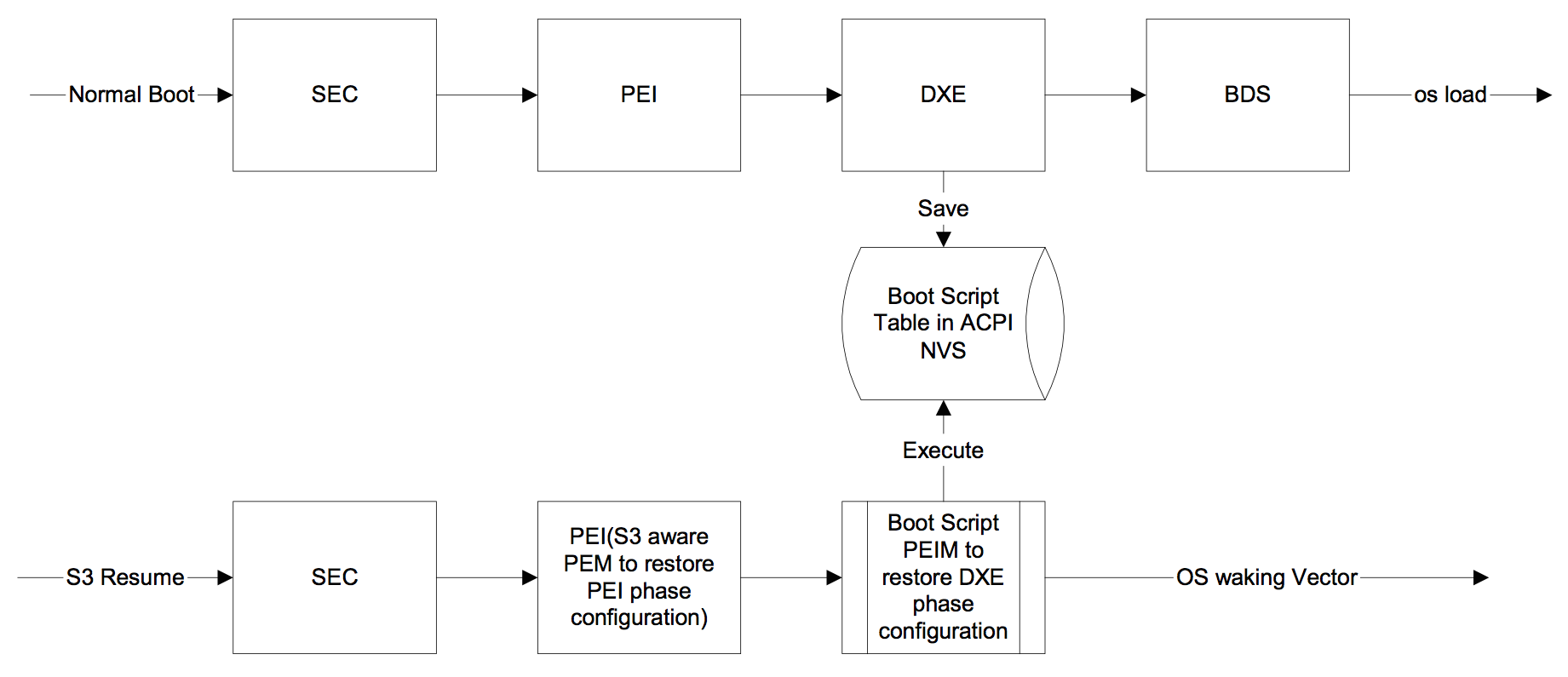Smbus Driver Initialization
Display Driver Initialization • • 3 minutes to read • Contributors • In this article Display driver initialization is similar to graphics driver initialization, as described in. Brick Breaker Game S. This section provides initialization details that are specific to display drivers. Video miniport and display driver initialization occur after the NT executive and the Win32 subsystem are loaded and initialized.

The system loads the video miniport driver or drivers that are enabled in the registry, and then determines which video miniport driver and display driver pair to use. During this process, GDI opens all necessary display drivers, based on the information provided by Window Manager. The basic display driver initialization procedure, in which the desktop is created, is shown in the following figure. • When GDI is called to create the first device context () for the video hardware, GDI calls the display driver function. Upon return, DrvEnableDriver provides GDI with a structure that holds both the driver's graphics DDI version number and the entry points of all callable graphics DDI functions that are implemented by the driver (other than DrvEnableDriver).

• GDI then calls the driver's function to request a description of the driver's physical device's characteristics. In the call, GDI passes in a structure, which identifies the mode that GDI wants to set. If GDI requests a mode that the display or underlying miniport driver does not support, then the display driver must fail this call. • The display driver represents a logical device controlled by GDI. As shown in the following figure, a single logical device can manage several physical devices, each characterized by type of hardware, logical address, and surfaces supported.
The display driver allocates the memory to support the device it creates. A display driver may be called upon to manage more than one for the same physical device, although only one PDEV can be enabled at a time for a given physical device. Each PDEV is created in a separate GDI call to, and each call creates another PDEV that is used with a different surface. Because a driver must support more than one PDEV, it should not use global variables. The following figure illustrates logical versus physical devices. • When installation of the physical device is complete, GDI calls.
This function provides the driver with a GDI-generated physical device handle to use when requesting GDI functions for the device. • In the final stage of initialization, a surface is created for the video hardware by a GDI call to, which enables graphics output to the hardware. Depending on the device and the environment, the display driver enables a surface in one of two ways: • The driver manages its own surface by calling the GDI function to obtain a handle for the surface. The method is required for hardware that does not support a standard-format bitmap and is optional for hardware that does. • GDI can manage the surface completely as an if the hardware device has a surface organized as a standard-format bitmap. Cessna 172 G1000 Fs2004 Full. A driver can call to convert the device-managed primary bitmap to one that is engine-managed. Stardock Start8 1.11 Full Patch more. The driver can still hook any drawing operations.
Free driver sm bus controller downloads - Collection of driver sm bus controller freeware, shareware download - Applilet EZ for HCD Controller, Big City Rig Bus. PI 1.3 Review, Part 1: I2C Bus Protocol. It was named the Platform Initialization. From a bus driver perspective. USB and PCI and SMBus are examples of.